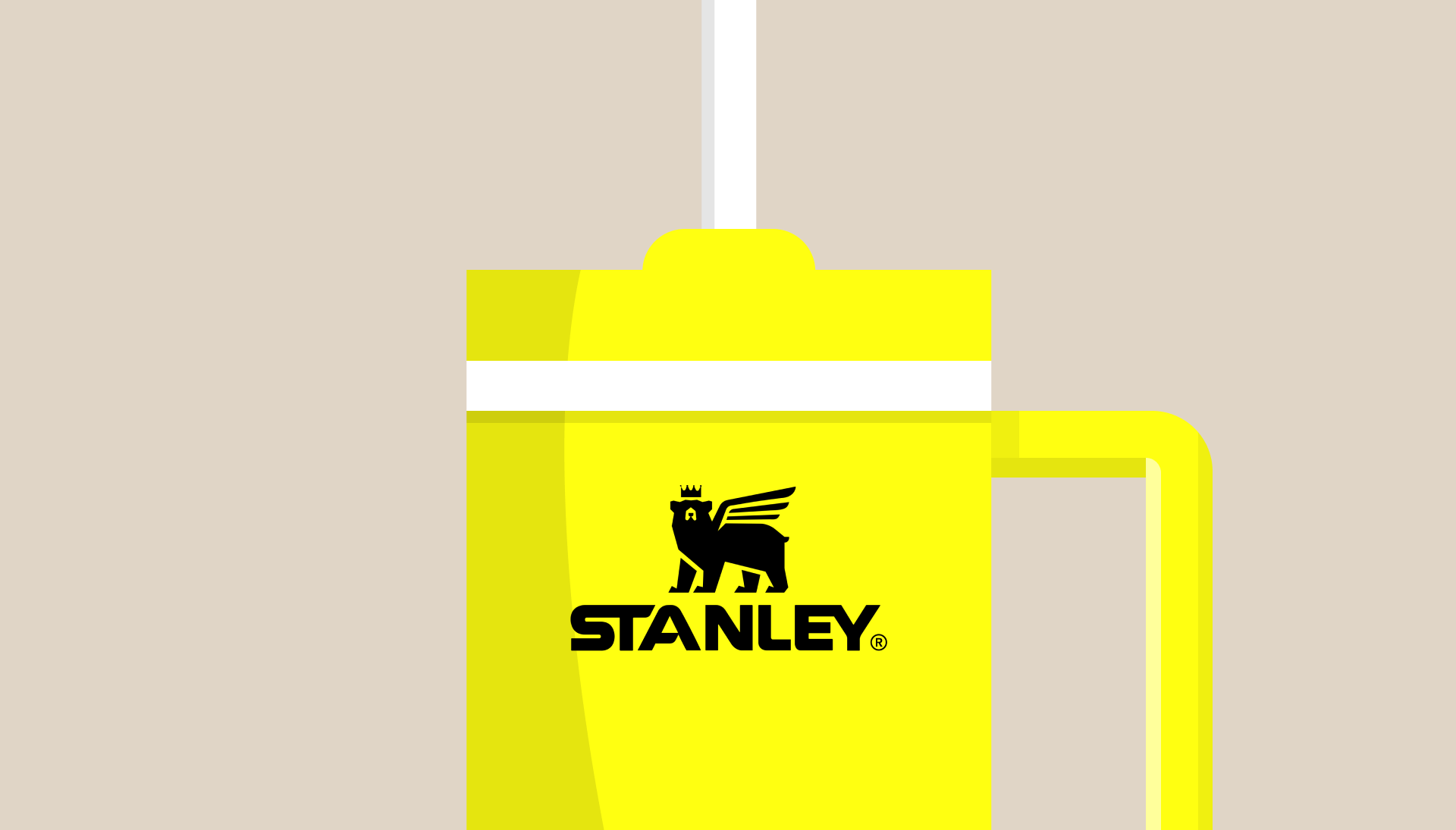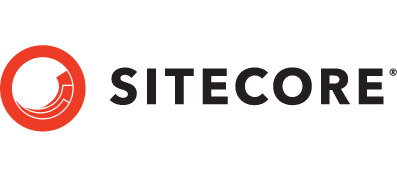Ready to take the next step in refining your use of the marketing funnel? I recently spotted a piece by Mark Ritson, one-time marketing professor, now brand consultant (and recidivist potty mouth), which promises that funnel tweaking can lead to more effective marketing. Naturally, I felt compelled to read it.
Based on Binet and Field’s seminal ‘The Long and the Short of It’ thesis, Ritson contends that while funnels are the foundation of any good marketing plan; there are funnels and then there are funnels.
In the Binet and Field study, they describe the importance of balancing long-term brand building with short-term activations in a 60/40 spend split, and that marketing requires both approaches for sustainable business success.
Ritson takes the best of both worlds’ philosophy further, suggesting there are three kinds of funnel strategies, and how you apply these impacts on the effectiveness of a brand:
- Sequential – ie long-term first, short-term second
- Simultaneous – long and short separate but at same time
- Singular – combine long and short tactics
Ritson then detailed a case study of recent NRMA campaigns that in his mind presented a compelling case for running brand first and following with performance-based marketing three months later.
While the campaign undoubtedly recorded impressive results, I’d be intrigued to see the control group research clearly linking the success of the short-term activation to the brand building achieved by the earlier campaign. (Or whether it was just as influenced by macro factors such as the country opening back up post-lockdown.) Regardless, what you do get is a clear illustration of the theory behind funnel no.1 – the Sequential approach.
In the second funnel model of simultaneously running both brand building and activation in parallel, Ritson quite rightly acknowledges that most advertisers don’t have the unique set of circumstances outlined in the first case study. We’ve long acknowledged the reality of most brands being in the duality of a “selling for today and selling for tomorrow” paradigm. (For what it’s worth, how much your brand needs to sell today vs tomorrow means you should re-evaluate the Binet & Field 60/40 split based on your particular circumstances, rather than take it as a golden rule).
Finally, many brands simply can’t afford the largesse of having two different marketing approaches in market, either linearly or together, so resort to the third Singular (or all-in-one) model. Citing market researcher Ken Roberts’s work, “The Funnel Alibi”, he looks at the success of ‘delivering both long and short effects within the same tactical execution’. Roberts goes further and suggests some of the issues in poor effectiveness might lie in separating the two outcomes into distinct campaigns, often executed by different agencies.
Whilst I’m not sure I would have chosen the campaign Ritson did as the poster child for this approach, it’s still a hugely useful case study. (Personally, I love the recent Ikea campaign from London’s Mother which is incredibly emotional whilst even sneaking in a price point for a duvet – here’s one of the executions – killer soundtrack too.)
My feeling is that this last part is the most worthwhile portion of the article. The questions the Singular approach provoke is worth the handful of minutes of quiet time it allows you to reflect on how fiddling with your own funnel might help your investment work harder for your brand.
If you have any thoughts from your own experiences you’d like to share, or would like to discuss how AFFINITY could help get the most out of your funnel, I’d love to chat. Feel free to drop me a line at angela@affinity.ad


















